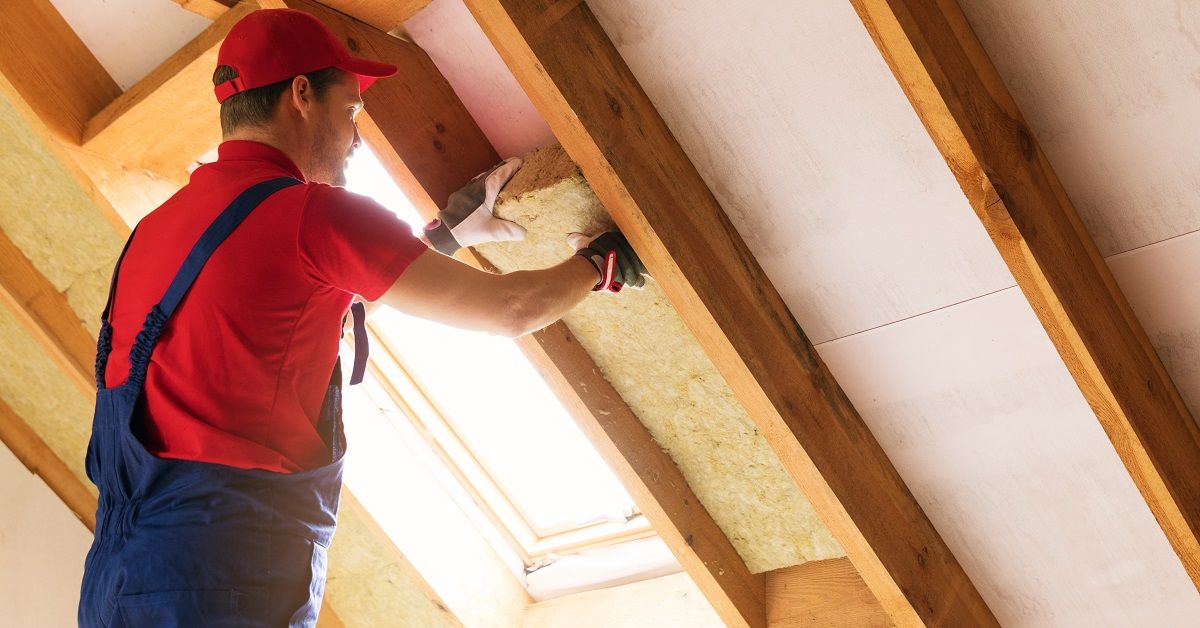
Insulation is a critical yet often overlooked element of any home or business. It’s not just about keeping the cold out during winter or the heat at bay during summer—it’s about creating a comfortable, energy-efficient environment while managing costs effectively. Whether you’re renovating an existing structure or building something new, choosing the right insulation can make a significant difference in energy savings, indoor comfort, and environmental impact.
The Importance of Insulation
Insulation acts as a barrier to heat flow, making it essential for maintaining indoor temperatures and reducing energy consumption. Proper insulation, including industrial insulation in Nevada, helps lower heating and cooling costs, ensuring a comfortable indoor environment year-round. Beyond comfort and costs, insulation also plays a role in noise reduction and reducing your environmental footprint by minimizing energy usage.
Types of Insulation Materials
When it comes to insulation, several types of materials are available. Each has its pros and cons depending on your needs and the specifics of your building:
- Fiberglass: The most commonly used insulation material, fiberglass is affordable, easy to install, and effective for both residential and commercial buildings. It’s made from fine glass fibers and is available in batts, rolls, and loose-fill options.
- Cellulose: Made from recycled paper or wood products, cellulose is an eco-friendly option. It’s applied as loose fill and is ideal for filling hard-to-reach areas.
- Spray Foam: A versatile option, spray foam expands to fill gaps and cracks, providing an airtight seal. It’s available in open-cell and closed-cell varieties and is known for its high R-value (thermal resistance).
- Mineral Wool: Made from volcanic rock or recycled steel slag, this durable material offers great fire resistance and soundproofing capabilities.
- Rigid Foam Board: Typically used for roofs, basements, or exterior walls, rigid foam panels offer high insulation value per inch and excellent moisture resistance.
- Natural Fiber Insulation (e.g., cotton or sheep’s wool): An environmentally friendly choice, these materials are renewable and non-toxic.
Understanding the unique characteristics of each type helps ensure you select one tailored to your specific needs.
Considerations for Choosing the Right Insulation
Different buildings and climates require different insulation solutions. Here are key factors to keep in mind:
- Climate: Your local climate largely determines the level of insulation needed. Colder regions may require higher R-value insulation to maintain warmth, while warmer regions demand materials that reflect heat well.
- Building Type: Residential and commercial buildings have different needs. For example, a small home may benefit from fiberglass batts, while a commercial property might require spray foam for complete coverage.
- Budget: Insulation materials range in cost—fiberglass and cellulose are affordable, while spray foam and rigid foam are more expensive but offer superior performance.
- Health & Safety: If allergies or sensitivities are a concern, consider non-toxic or low-VOC (volatile organic compound) insulation materials.
- Ease of Installation: If you’re planning to DIY, some materials, fiberglass batts, are easier to handle, while others, spray foam, may require professional expertise.
Energy Efficiency and Environmental Impact
Choosing energy-efficient insulation doesn’t just save money—it also reduces environmental impact. Here’s how some materials stack up:
- Eco-Friendly Materials: Cellulose and natural fiber insulation are made from recyclable and renewable materials, reducing waste.
- High R-Value: Spray foam and rigid foam boards offer high thermal resistance, making them effective at reducing energy bills over time.
- Carbon Footprint: Consider the production process of the insulation materials. Sustainable options like sheep’s wool or cellulose have a lower carbon footprint compared to synthetics.
Opting for eco-conscious insulation may come with a higher initial cost but can yield long-term savings and benefit the planet.
The Installation Process
Once you’ve selected your insulation type, the installation process is the next step. Should you go the DIY route or hire a professional?
- DIY Insulation:
- Best suited for straightforward materials like fiberglass batts or rolls.
- Cost-effective but requires attention to detail to avoid gaps and ensure complete coverage.
- Always wear appropriate protective gear when handling insulation materials.
- Professional Installation:
- Necessary for complex materials like spray foam and for large or irregular spaces.
- Professionals ensure a precise installation, maximizing performance and durability.
- If insulation is being added to an attic or crawl space, a professional can also inspect for other issues like air leaks or mold.
Maintenance and Upkeep of Insulation
Insulation isn’t a simple “install it and forget it” solution. Regular maintenance is key to maximizing its durability and efficiency:
- Regular Inspections:
- Check for wear, moisture damage, or compression that can reduce effectiveness.
- Look for signs of pests, as they can damage certain types of insulation like cellulose or fiberglass.
- Seal Gaps and Cracks:
- Over time, small cracks may develop around windows, doors, and other parts of the building envelope. Sealing these gaps ensures that your insulation performs optimally.
- Replacements When Needed:
- Some materials, such as spray foam, can last decades, while others may need replacing sooner. Follow the manufacturer’s recommendations for your specific insulation type.
Conclusion
Choosing the right insulation improves energy efficiency and comfort. Consider materials, climate, budget, and installation, or consult a professional for tailored advice. A well-insulated space benefits your health, savings, and sustainability.





